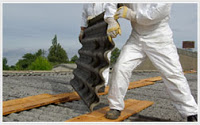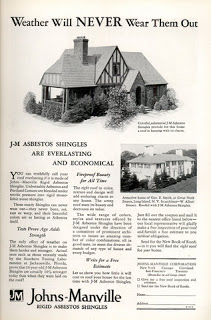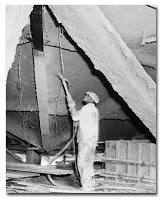The Asbestos Disease Awareness Organization (ADAO) will hold its 7th Annual Asbestos Awareness Conference in Atlanta, Georgia on April 1-3. ADAO will honor Billy Ray Cyrus at this conference. Billy Ray Cyrus will receive an award on behalf of his late father Ron Cyrus who passed in 2006 from mesothelioma. The artist has been quoted “Hearing the name Ron Cyrus still gives me chills. He was everything to me, but most of all he was my best friend – and mesothelioma robbed me of that relationship.” The country star will pay tribute to his father on April 2 in Atlanta, Georgia on receiving the ADAO “Warren Zevon Keep Me in Your Heart” honor.
In addition to honoring Billy Ray Cyrus, the annual ADAO conference titled Asbestos: Impact on Public Health, Environment, and the Economy will have presentations on asbestos exposure issues, asbestos detection and treatment, environmental and economic impact, national and global policy. Asbestos exposure causes mesothelioma, asbestos-related lung cancer, asbestosis and other asbestos-related diseases.
Mesothelioma is a rare and aggressive cancer linked to asbestos exposure. Mesothelioma cancer invades the mesothelium – the lining of tissue that surround vital organs. The most common is pleural mesothelioma or cancer of the lining of the lungs. Mesothelioma also attacks the lining of either the heart, abdomen, or testicles. Symptoms of mesothelioma generally occur approximately 20 to 30 years after the asbestos exposure and include shortness of breath, chest pain and a persistent cough. In most instances, mesothelioma is diagnosed in the advanced stages leaving the victim with 8 months to 18 months to live. Mesothelioma is treated with chemotherapy, surgery and radiation in an effort to extend the patient’s life.
 Asbestos & Mesothelioma Law Blog
Asbestos & Mesothelioma Law Blog









